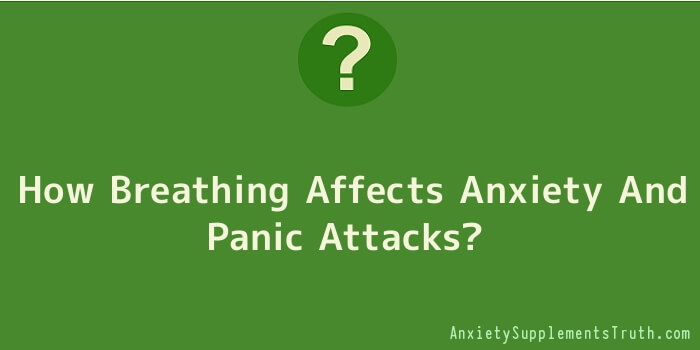
Breathing is automatic and is controlled by your involuntary nervous system but at the same time we do have a certain amount of control over it.
You can choose to hold your breath, or to pant like a dog. Athletes, singers and actors use breath control to improve their performance. People who do yoga or meditation work with their breathing as part of the process.
During a panic attack, most people feel that their breathing is wildly out of control. They feel the need to suck in great gulps of air, as if they can’t get enough, and often feel unable to breathe out fully before taking the next breath in. In fact doing this only fuels the panic attack and makes it worse.
This is because it is all part of the fight-or-flight mechanism. The extra oxygen that you are taking in is being rushed to your muscles to pump them up ready for action. If you are in a situation where you don’t need to take any physical action, such as in a queue or driving a car, then that oxygen will stay in your system and add to your uncomfortable sensations.
It doesn’t help that concerned companions will often advise you to ‘take a deep breath’. They may be worried that you are about to faint (you may be worried about that too) but in fact you don’t need any more breath, you already have too much.
In a panic attack breathing becomes very noticeable, but many Anxiety sufferers tend to breathe in an unhelpful way most of the time. Anxiety attacks make you tense, and tension makes you breathe in a shallow, fast way, using only the top half of your chest. This means that you are probably taking in more oxygen than you need, and you are not breathing out all of the carbon dioxide. The stale air at the bottom of your lungs is never properly cleared out.
The result of this can be a permanent light-headed feeling, and fatigue. Changing your breathing techniques is an important part of Anxiety recovery.
